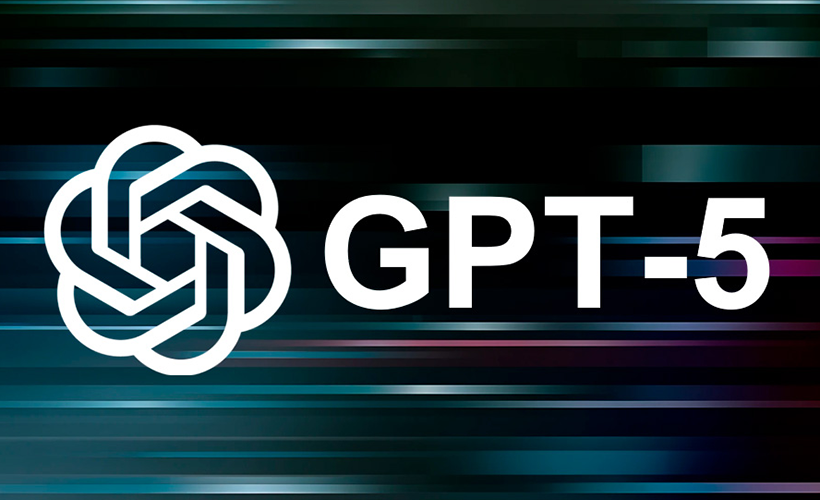
Contents
GPT-5 Is Coming, What Can We Say?
In fact, many experts say in the net that “GPT-5 will make GPT-4 look like a pocket calculator next to a quantum computer. This model won’t just answer your questions. It will reason, listen, see, code, create, and most importantly — act.” But is it right so? What can we say?
In fact, the quote we mention—”GPT-5 will make GPT-4 look like a pocket calculator next to a quantum computer…”—is a striking example of the hype that often surrounds new AI releases. While it captures the imagination, it’s important to separate speculation from reality.
What Do We Know About GPT-5?
As of mid-2025, OpenAI has not officially released GPT-5 to the public, and concrete, detailed information about its capabilities remains limited. However, based on industry trends, research papers, and credible leaks, here’s what can reasonably be said:
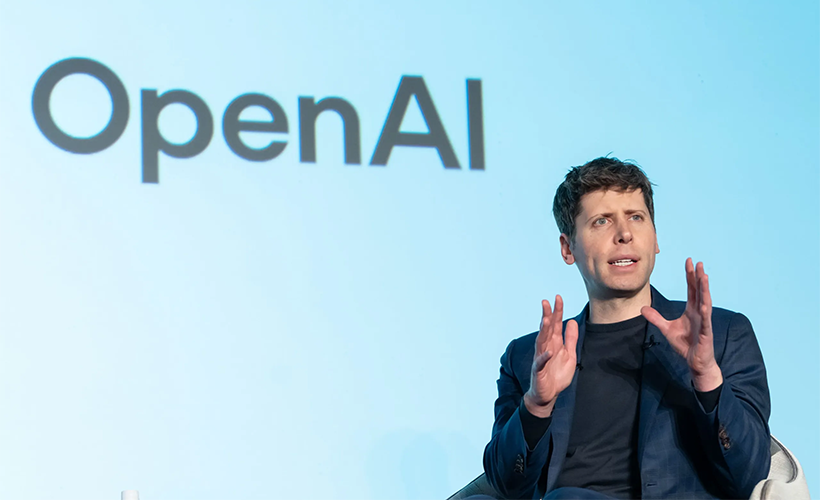
As of mid-2025, OpenAI has not officially released GPT-5 to the public, and concrete, detailed information about its capabilities remains limited.
1. Incremental vs. Exponential Progress
GPT-4 was a significant leap from GPT-3, especially in reasoning, context retention, and multimodal abilities (text and images).
GPT-5 is expected to offer improvements—better reasoning, more accurate and context-aware responses, enhanced multimodal capabilities (including video and audio), and more robust coding skills.
However, claims that GPT-4 will look like a “pocket calculator” compared to GPT-5 are likely exaggerated. AI progress is impressive but tends to be incremental, not magical.
2. Multimodal Abilities
GPT-5 will likely expand on GPT-4’s ability to process and generate not just text, but also images, audio, and possibly video.
Enhanced “listening” (speech recognition), “seeing” (image/video understanding), and “acting” (integrating with tools and APIs) are anticipated.
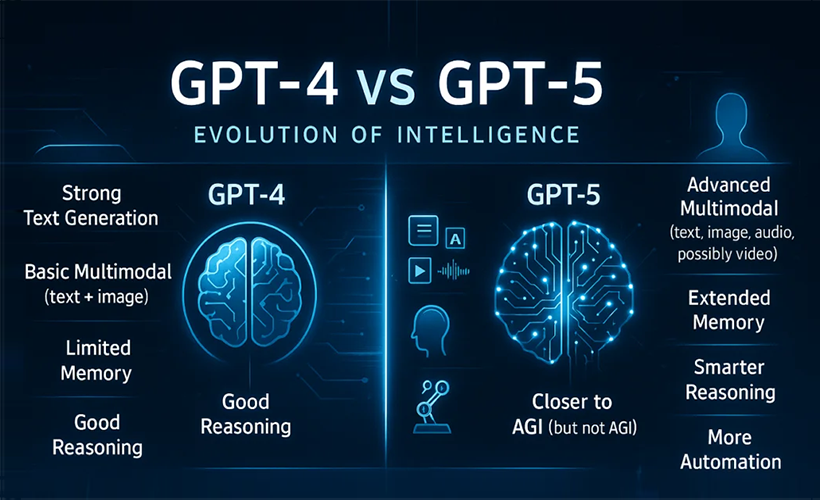
GPT-5 will likely expand on GPT-4’s ability to process and generate not just text, but also images, audio, and possibly video.
3. Autonomous Action
The biggest leap may be in “agency”—the ability for the model to take actions, execute tasks, or interact with other software autonomously, within ethical and safety constraints.
This is already being prototyped in “AI agents” built on GPT-4 and similar models.
4. Reasoning and Creativity
GPT-5 will likely be better at logical reasoning, planning, and creative tasks, but it will not possess human-like consciousness or true understanding.
It will still have limitations, biases, and the potential for error.
5. Safety and Alignment
OpenAI and other labs are focusing heavily on making these models safer, more controllable, and more aligned with human values.
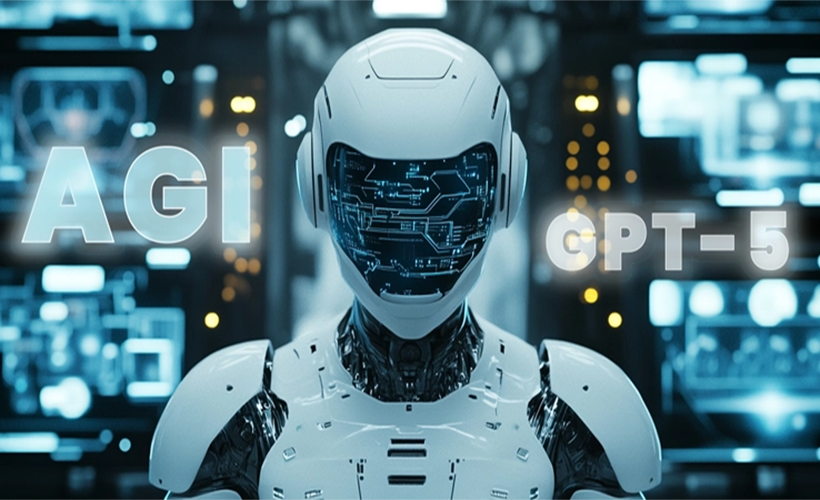
OpenAI and other labs are focusing heavily on making these models safer, more controllable, and more aligned with human values.
In Summary
Hype vs. Reality: While GPT-5 will almost certainly be more powerful and versatile than GPT-4, the leap is unlikely to be as dramatic as the “quantum computer vs. calculator” analogy suggests.
Capabilities: Expect better reasoning, broader multimodal support, and more autonomous task execution.
Limits Remain: It will still be an AI tool—impressive, but not infallible or truly sentient.
Bottom line: GPT-5 will be a major step forward, but it’s wise to approach internet hype with a critical eye and wait for official demonstrations and peer-reviewed benchmarks.
How can its evolution influence the future developpement of the AI?
- Going Toward More Human-Like Reasoning and Interaction : Advanced Reasoning: GPT-5 is expected to unify language understanding with deep reasoning, allowing AI to not only answer questions but also to predict, plan, problem-solve, and analyze with greater precision. This paves the way for AI systems that can handle complex tasks, simulate real-world scenarios, and provide more reliable decision support. System 2 Thinking: The model’s evolution toward “slow thinking” or deliberative reasoning means AI will be able to pause, think, and generate more accurate and thoughtful responses, moving beyond quick, surface-level answers.
- Multimodal and Contextual Intelligence. Multimodality: GPT-5 will likely process and generate content across multiple formats—text, images, audio, and potentially video—enabling more natural, intuitive, and versatile interactions between humans and machines. Expanded Context Windows: With a much larger memory and context window, AI will be able to maintain coherence over long conversations, analyze large documents, and remember prior interactions, making it more effective for education, research, and enterprise applications.
- From Tools to Autonomous Agents: Agentic Behavior: The next generation of AI will shift from being passive tools to proactive agents—capable of delegating tasks, interfacing with software, orchestrating workflows, and even making autonomous decisions within ethical boundaries. Personalization and Customization: AI models will increasingly adapt to individual users, learning from preferences and feedback to deliver tailored experiences in business, healthcare, education, and beyond.
- Societal and Industry Impacts: Revolutionizing Sectors: Enhanced AI will transform industries by automating complex tasks, improving productivity, and enabling new services in fields like digital marketing, healthcare, education, and creative industries. Democratization and Accessibility: As AI becomes more unified and user-friendly, it will be accessible to a broader audience, fostering innovation and collaboration across disciplines and geographies. Ethical and Regulatory Challenges: With greater power comes the need for robust ethical frameworks, transparency, and regulation to address risks such as bias, privacy, and misuse.
- Toward Artificial General Intelligence (AGI). Holistic AI Systems: The integration of reasoning, memory, multimodal understanding, and agentic behavior marks a step toward holistic AI systems—bringing the field closer to the long-term goal of Artificial General Intelligence, where machines can understand, learn, and act across a wide range of tasks and domains.
Well, let’s say to conclude this exposition, that the evolution of GPT-5 is set to influence AI by making it more reasoning-capable, multimodal, autonomous, and context-aware. This will accelerate the transformation of industries, enable new forms of human-AI collaboration, and raise important questions about ethics and societal impact, shaping the next era of artificial intelligence.
Links
- GPT-5 will be here any minute — here’s what we’re hoping to see – Tom’s Guide
- Sell pre-owned AI device online – iGotOffer
Everything We Know About GPT-5 So Far [Video]
Video uploaded by The AI Daily Brief: Artificial Intelligence News on July 9, 2025.


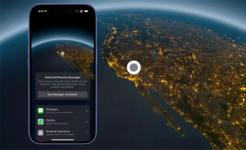

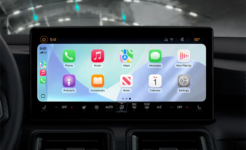

Facebook
Twitter
RSS